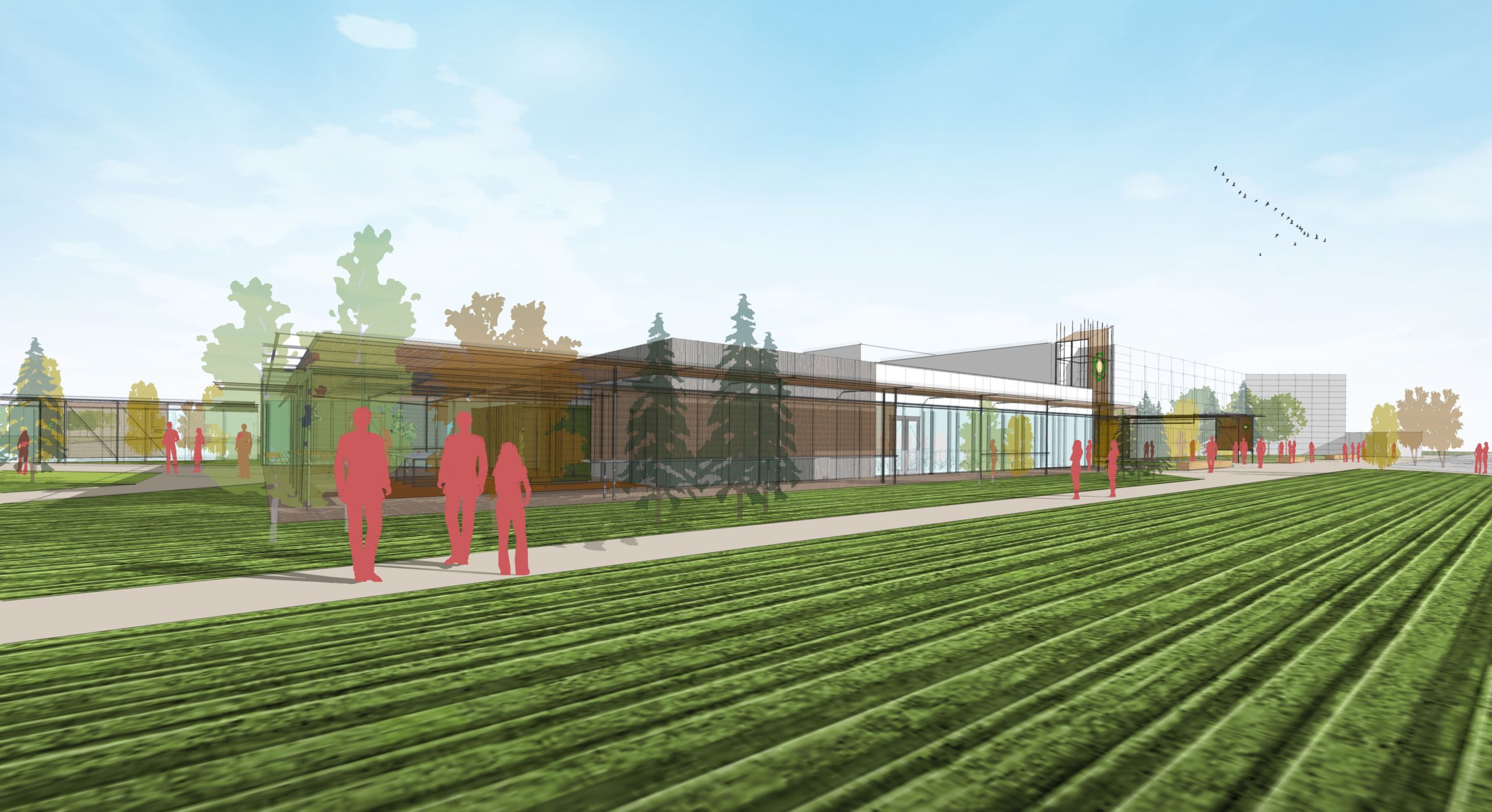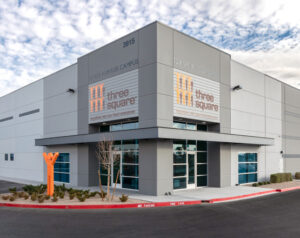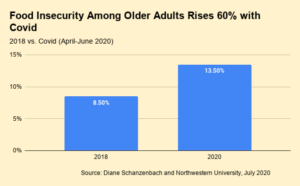The Greater Chicago Food Depository’s expansion into meal preparation with the addition of a massive new kitchen adds oomph to a growing frontier of service for the nation’s food banks.
With its $50-million commitment to preparing meals, announced last month, the Food Depository is sending a strong message that it believes food banks need to do more than make food available through pantry networks; they also need to get involved in preparing and delivering fresh food.
The Food Depository’s ambitious meal-prep plan is in response to an expected upswing in the number of people facing barriers getting to traditional food distribution sites because of old age or disability. Adults over 65 in the Food Depository’s operating area are expected to increase by 48% by 2030, adding nearly 120,000 low-income older adults. That trend, combined with the knowledge that disabled people have a higher likelihood of food insecurity, spurred the Food Depository into action.
“We feel this is really important and necessary,” said Greg Trotter, Senior Manager. “People are struggling to prepare their own meals. So how are they going to access pantries?”
At the center of the Food Depository’s expansion is a new 42,000-square-foot kitchen, which will enable the Food Depository to prepare 4 million meals annually, as well as grow its culinary training program. Another building of about 17,000 square feet will connect the kitchen to the food bank’s existing headquarters, and house a nutrition education center, demonstration kitchen and community cafe. Also part of the plan is a half-acre urban farm for growing food for use in the education center. The facility is expected to begin operating in mid-2021.
To reach clients, the Food Depository plans to rely on community partners, who will deliver the meals to homebound people or make them available at community-style dinners. The Food Depository is already working with Meals on Wheels partners in two Illinois suburbs, Trotter said. The Food Depository’s efforts are expected to complement Meals on Wheels Chicago, which delivers 2.6 million meals annually to homebound seniors and individuals with disabilities.
“There will be different delivery models, depending on the community and what’s already in place,” Trotter said. “It’s not about competition. We’re trying to fill the gaps.”
The Food Depository is stepping up at a time when funding for feeding the homebound is becoming more difficult to come by. Meals on Wheels America, which currently serves 220 million meals annually, reports that it now serves 21 million fewer meals than in 2005 because food, transportation and other costs have increased while funding remains stagnant. Meanwhile, the nation’s population of people over 60 is set to double by 2060.
While other food banks also have kitchens, few operate on the scale that the Food Depository’s is expected to. The Food Depository’s $50 million capital campaign includes $30 million to cover the cost of constructing the new facility atop a now-vacant lot. The remaining $20 million is earmarked for programming, including staffing, training and operational costs.
A couple dozen or so other food banks have modestly-sized kitchens that they use for culinary training and to support mostly school-related programs. Central Texas Food Bank, for example, has a 4,200-square-foot kitchen that produced about 200,000 meals and snacks in 2018 for summer and after-school programming, while providing job training.
Only a handful of food banks so far have demonstrated big ambitious related to meal prep. Foodlink of Rochester is among them, having opened a 28,000-square-foot kitchen in June 2017, which last year produced 1.1 million meals and snacks. The kitchen also houses an apple-slicing venture and a year-long career fellowship program. Houston Food Bank recently opened a new 10,000-square-foot kitchen in its headquarters building, giving it the capacity to produce 20,000 meals a day, up from 4,000 meals when it was in another location.
In May, Philabundance in Pennsylvania broke ground on a new 19,000-square-foot facility that will let it quadruple to two million the number of meals it prepares and double the number of students it trains annually to as many as 200. The facility is expected to open in spring 2020.
The Food Depository’s push into meal prep is not entirely new for the organization. It already has a smaller kitchen where it provides culinary training, and in fiscal 2019 it served 5.5 million meals at school-related programs, soup kitchens and other types of meal programs, though most were actually prepared by a food service company contracted by the depository.
Big Plans for Big Kitchens
| Kitchen Size (sq. ft.) | Capital Campaign (in $M) | Fun Fact | |
| Foodlink | 28,000 | 4.9 | Houses a yearlong culinary career fellowship program |
| Greater Chicago Food Depository | 42,000 (+17,000 for education center) | 50 (incl. 20 for programs) | Project will include a half-acre urban farm |
| Houston Food Bank | 10,000 | 6.4 | A power-washer cleans food containers for reuse |
| Philabundance | 19,000 | 12.0 | Facility will include counseling and conference rooms |
| Source: Food Bank News |
ABOVE: A rendering of part of the Greater Chicago Food Depository’s $50 million meal prep project.
Rendering by Partners by Design
Connect with Us:















